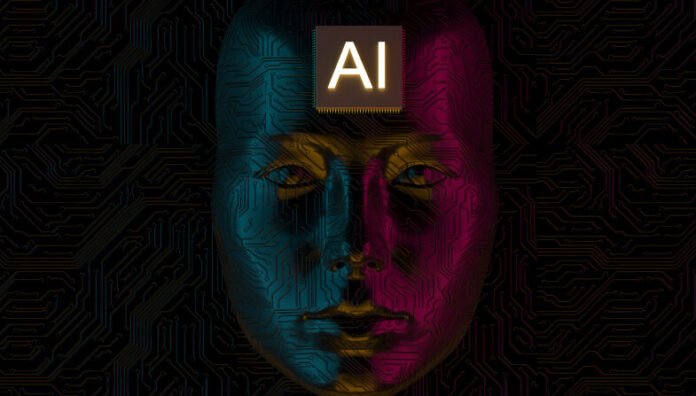V7 enters alpha with enhanced realism, faster rendering, and default personalisation for all users
Midjourney just got a major upgrade. After more than a year without a new model, the AI image generator has launched V7, now in public alpha. With it comes a wave of improvements in image quality, workflow speed, and a deeper embrace of personalisation.
Available to all users as of April 5th, V7 is a ground-up rework, not just a tweak of the previous model. Its headline promises? Fewer broken hands, more realistic textures, and tools that make it faster and cheaper to find your perfect image prompt.
Smarter, Sharper, More Consistent
Midjourney V7 zeroes in on one of AI art’s most stubborn flaws: human anatomy. From fingers to facial features, the new model aims for greater coherence, drastically reducing the telltale weirdness that has long plagued AI-generated art.
But the improvements go beyond anatomy. Materials like skin, cloth, metal, and ceramics now feature more nuanced lighting and texture. Skin shows fine wrinkles. Pots reveal their subtle glazes. It’s a leap towards realism—though not perfection. Midjourney isn’t claiming that trained eyes won’t spot AI artefacts, but rather that the most obvious giveaways are now harder to find.
Draft Mode: Speed First, Polish Later
Among the biggest feature additions is Draft Mode, which is designed for rapid exploration rather than final output. According to Midjourney, it renders images 10 times faster at half the credit cost. The trade-off? Lower quality results—ideal for testing ideas, not showcasing finished work.
For final renders, V7 offers two familiar options:
- Turbo Mode: Fast, high quality, but double the cost.
- Relax Mode: Slower and more economical.
Strangely, there’s no “standard” mode yet for V7. Midjourney says it’s still refining that part of the system.
Personalisation by Default
V7 also introduces default personalisation, which is the first feature of the platform. Users must now train the model with at least 200 image comparisons, helping it learn their personal aesthetic. This lets Midjourney tailor outputs to individual tastes—whether that’s moody gothic, lush surrealism, or sleek minimalism.
Personalisation isn’t mandatory, though. Users can toggle it off, just like in earlier versions.
Importantly, V7 supports existing prompt parameters like –ar, –seed, and –sref, ensuring continuity for users migrating from V6.1. It also integrates with the web-based interface, which Midjourney has gradually shifted towards from its early Discord-only setup.
Broader Context and What’s Next
V7 arrives as Midjourney continues to face scrutiny and legal battles over how its models are trained—often pulling from copyrighted web content without explicit consent. Despite this, the tool remains a cornerstone in the AI art ecosystem, frequently used by social media artists and video creators alike.
Many use Midjourney for the initial frame in workflows involving apps like Runway, which turn still images into video sequences. With V7’s cleaner outputs and faster iterations, that process could soon become more refined and efficient.
There’s also speculation around Midjourney’s recent tease of future hardware, though details remain scarce. Will it be a creative device? A custom rendering box? Time will tell.
For now, V7 represents Midjourney’s biggest leap forward since its rise to AI art dominance. It may not silence critics, but for creators, the cleaner images, speedier renders, and smarter customisation make this a compelling update—if not a game-changer.
